Berlin is one of the most cosmopolitan cities in the world… and definitely one of the most important centers of the European culture. The city is an inexhaustible source of ideas and impulses, art, culture and creativity. The Spree river flows through the city, close to the most important quarters and buildings of the WWII and the Cold War… Along the riverbanks, the nice modern architectures reflect the fast changing sky, and the Reichstag glass dome stands at walking distance.
Berlino è una delle città più cosmopolite del mondo… e sicuramente uno dei più importanti centri della cultura Europea. La città è una fonte inesauribile di idee ed impulsi, arte, creatività e cultura. Il fiume Sprea scorre attraverso la città, vicino ai quartieri ed i palazzi più importanti della Seconda Guerra Mondiale e della Guerra Fredda. Lungo la riva del fiume le belle architetture moderne riflettono il cielo rapidamente mutevole, e la cupola di vetro del Reichstag si staglia a distanza di passeggio.
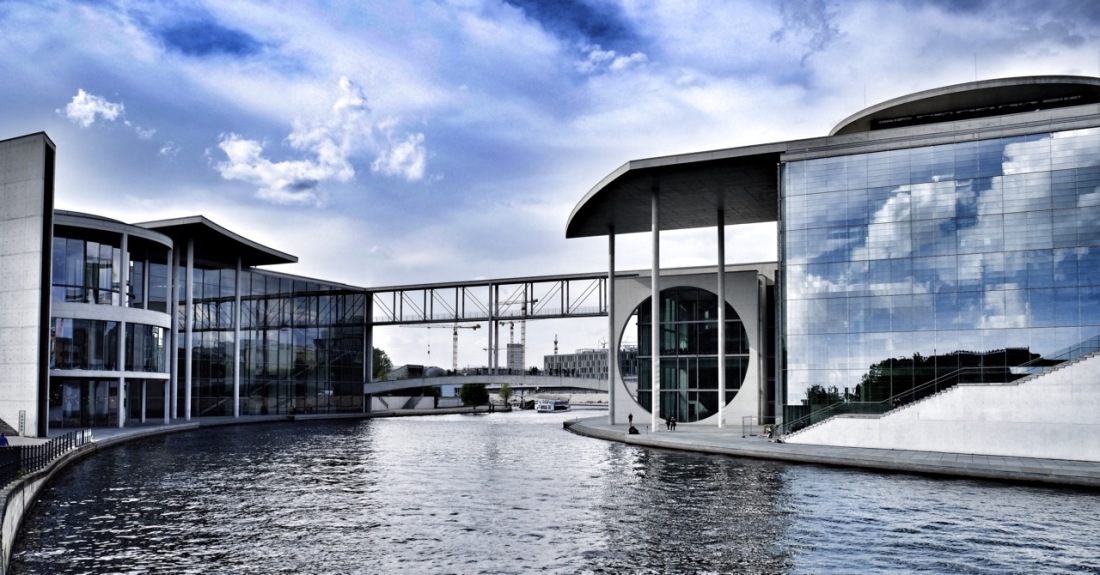
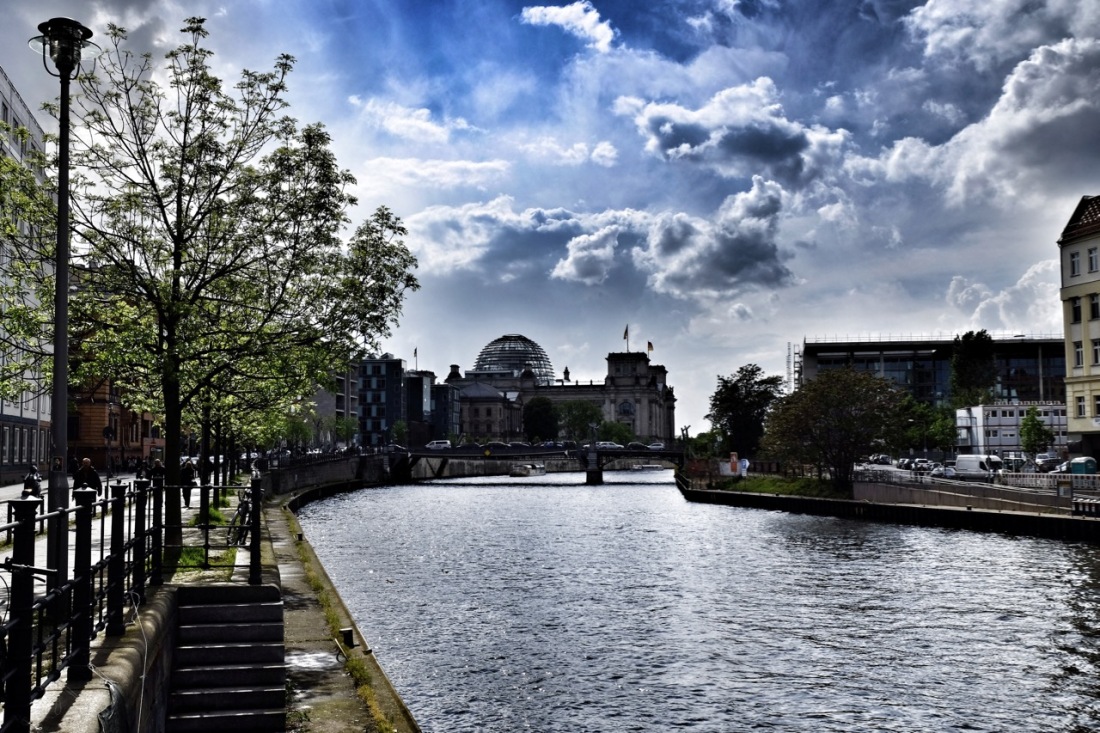
The Reichstag dome and its roof terrace can be visited, offering a nice views of the government district and Berlin’s sights.
La cupola del Reichstag e la terrazza sul tetto si possono visitare, e offrono una bella veduta del distretto governativo e dell’intera città.
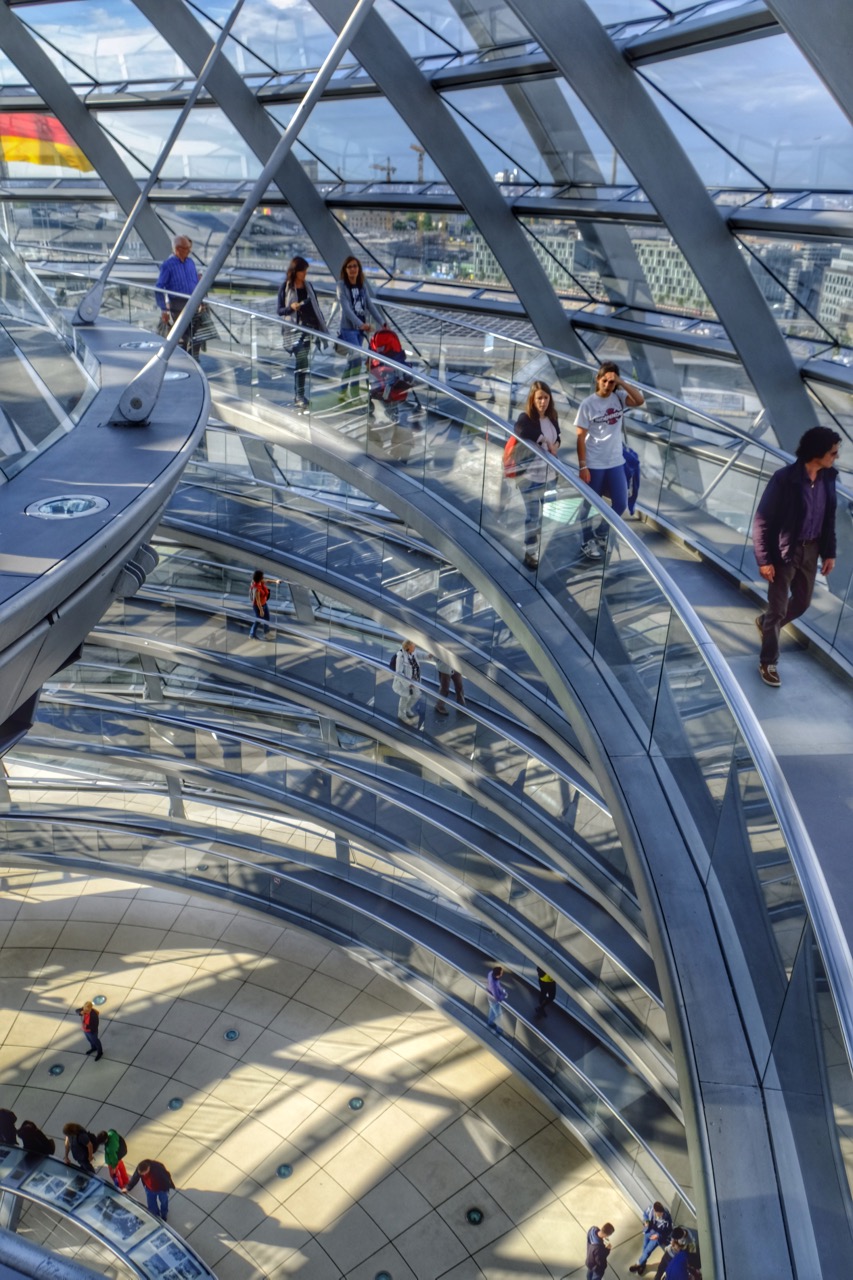
Walking along Berlin’s streets, the geometries and the architectures are revealed in a game of light and dark, gray and color…
Passeggiando lungo le strade di Berlino, le geometrie e le architetture si rivelano in un gioco di chiaroscuri, grigi e colori…

… like those of the building of the Reichsluftfahrtministerium, the Ministry of the Reich’s Air Force in Wilhelmstraße, with its 112 000 m² total surface, the 2 800 rooms, the 7 kms of corridors, the 17 stairs and more than 4 000 windows… and its more recent murals from the socialist era…
… come quelli del palazzo del Reichsluftfahrtministerium, il Ministero dell’Aviazione del Reich in Wilhelmstraße, con la sua superficie totale di 112000 m², le sue 2800 stanze, i 7 km di corridoi, le 17 scalinate e più di 4000 finestre… e il suo, più recente, murale di epoca socialista…
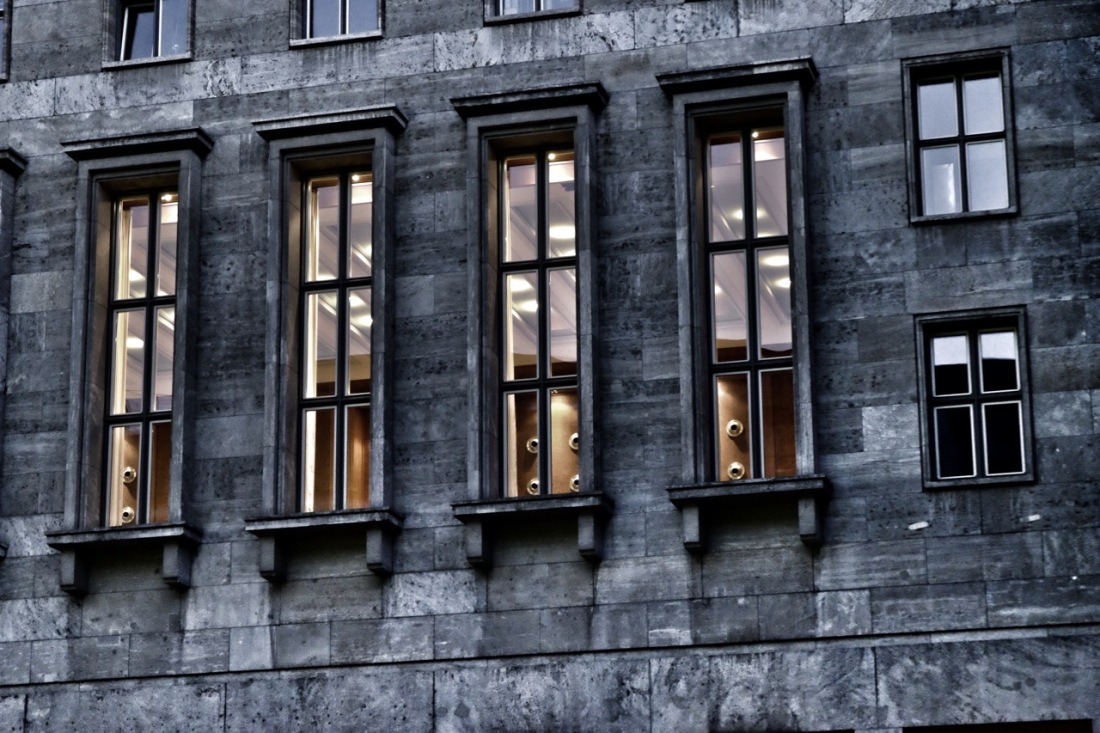

… or those of the simple private apartment buildings.
… o quelli dei semplici edifici di appartamenti privati.
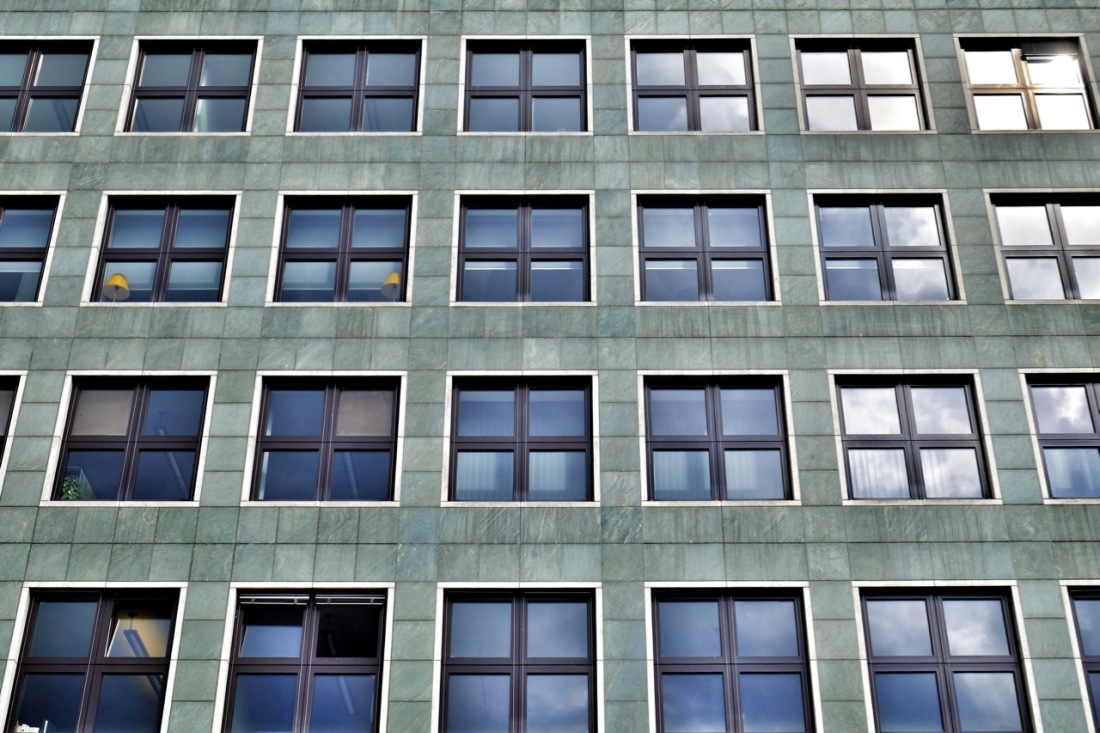
With a bit of luck along the Under der Linden Straße one can meet one of the most iconic thing from the german socialist era… the Trabant, or how the Berliners were use to call it “The Trabi”, which a private owner or a historical group is still keeping in good shape and fully functional!
Con un po di fortuna lungo la Unter der Linden si può incontrare una delle cose più iconiche dell’era socialista tedesca… la Trabant, o come i berlinesi erano soliti chiamarla “la Trabi”, che un privato o una associazione storica tengono ancora in buona forma e perfettamente funzionante!
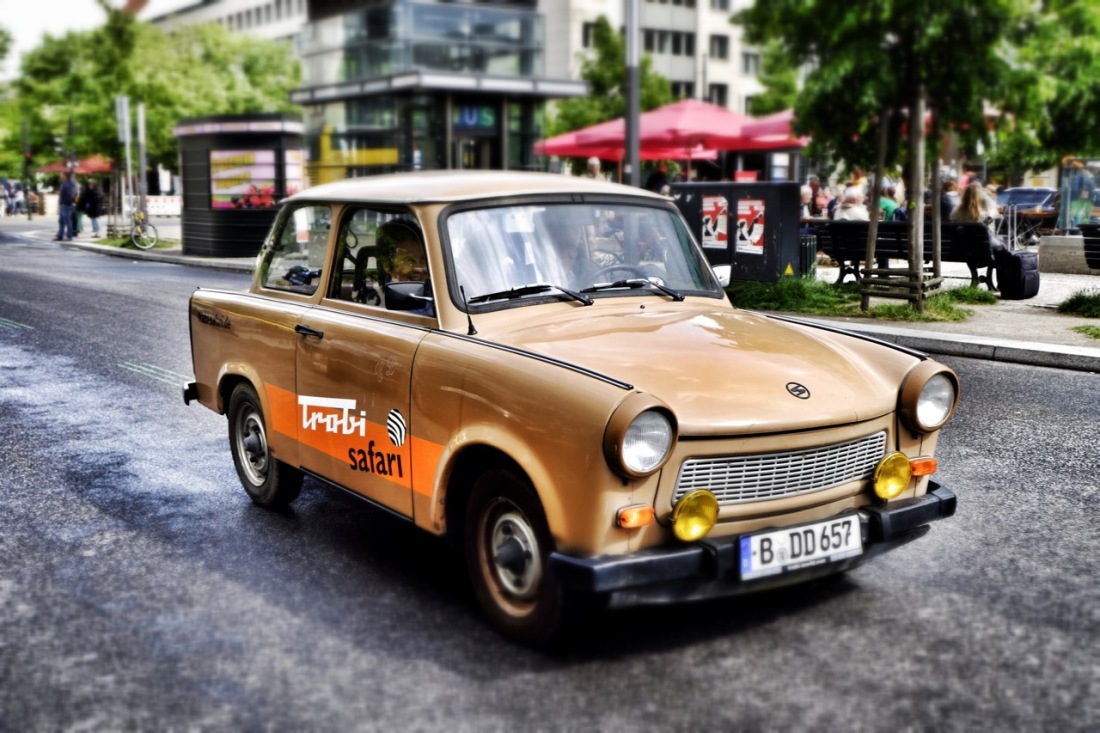
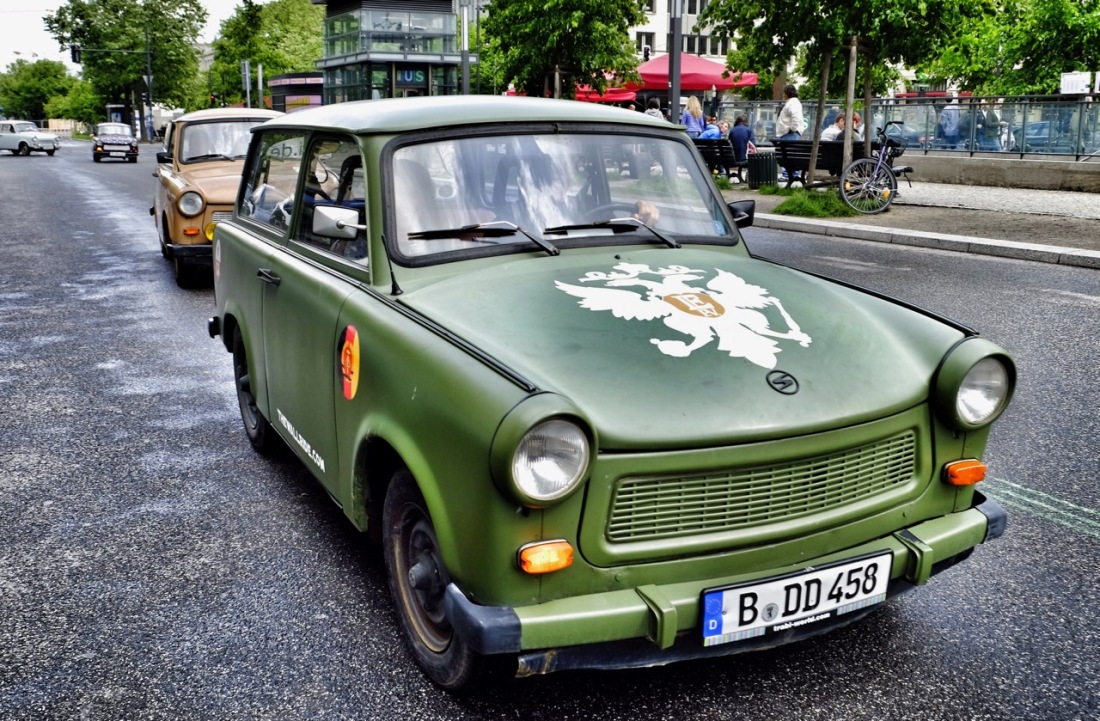
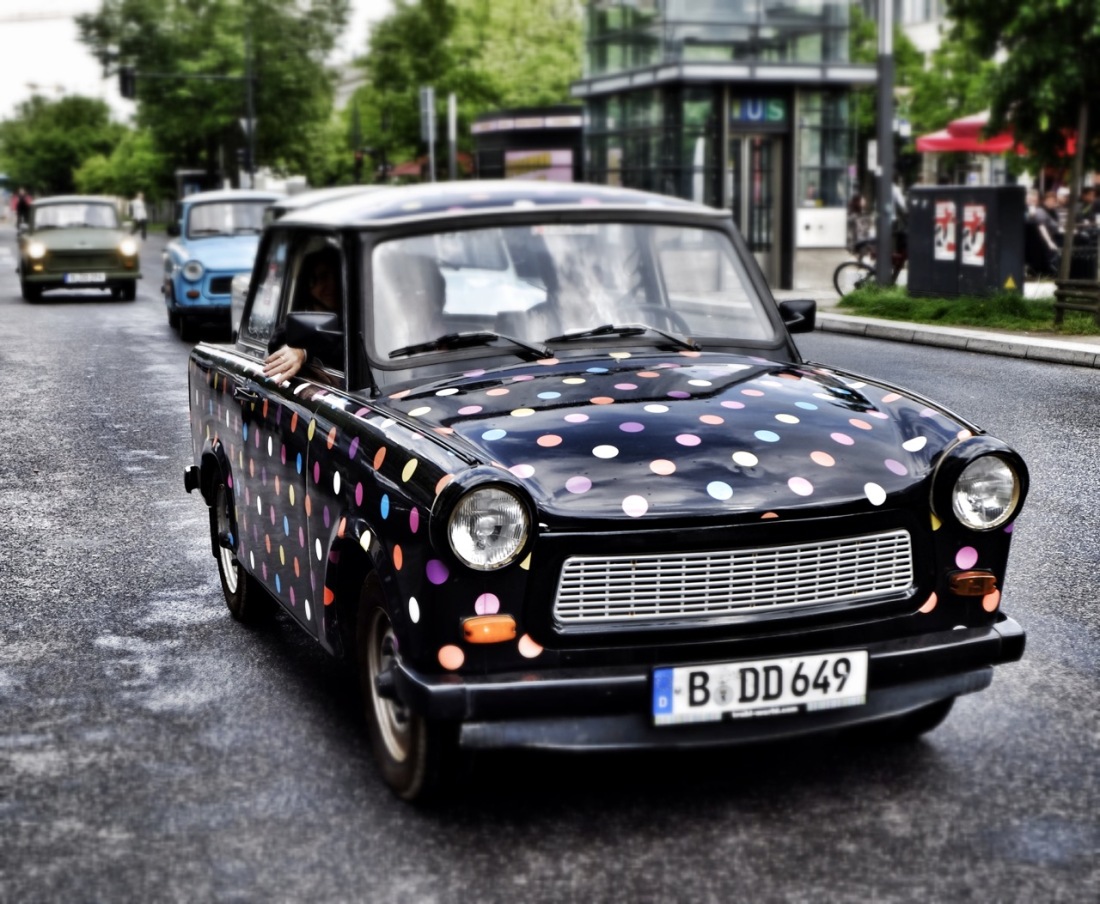
When you say Berlin you also say Brandenburg Gate, which for almost forty years represented the Iron Curtain, marking with its wall the border between East and West Berlin.
Quando si dice Berlino si dice anche Porta di Brandeburgo, che per quasi quaranta anni ha rappresentato la Cortina di Ferro, segnando con il suo muro il confine tra Berlino Est e Berlino Ovest.
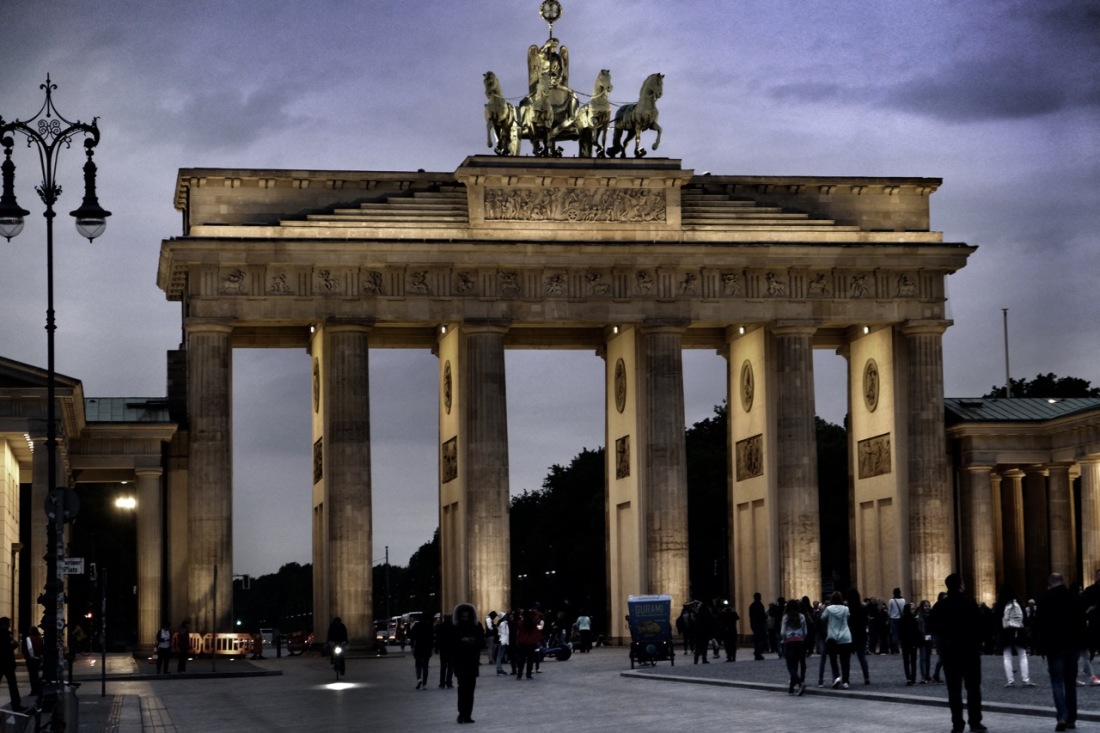
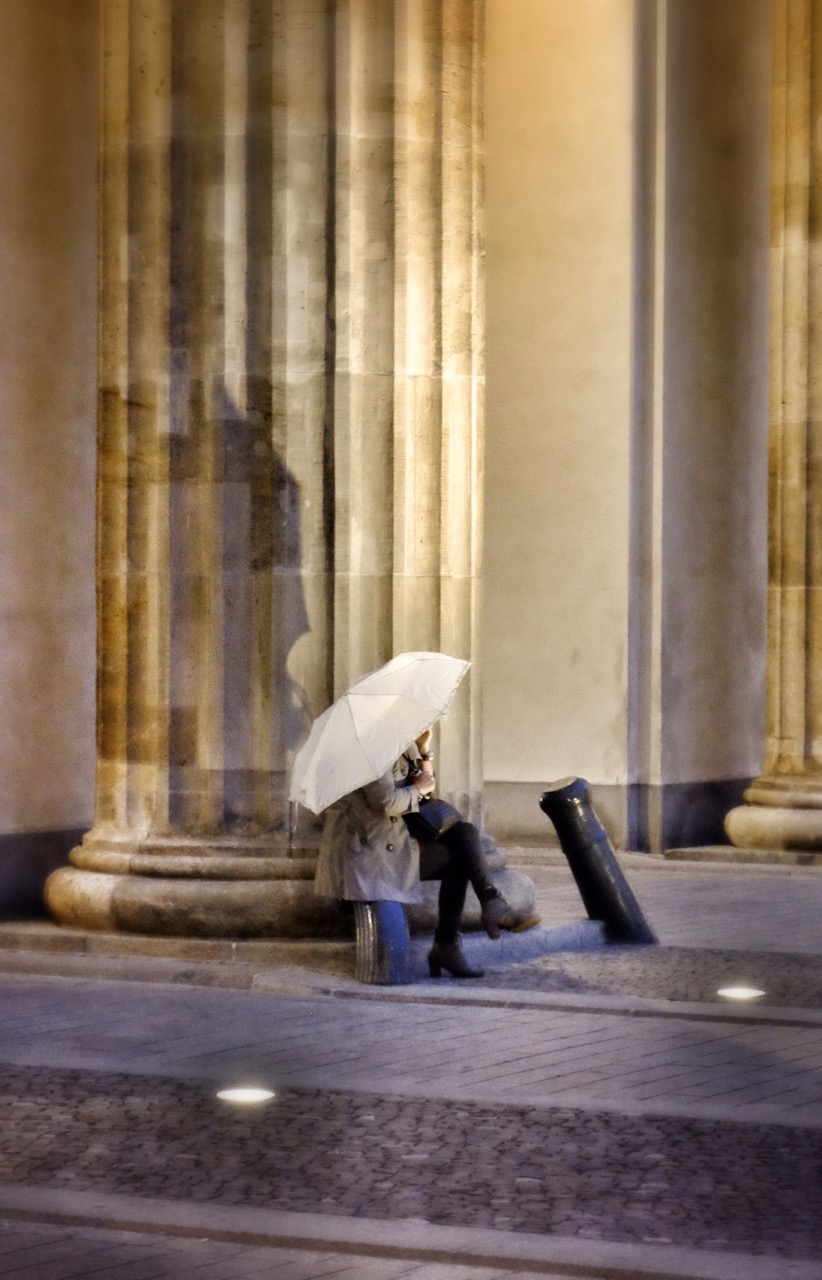
And here it is… “Die Mauer”, the Wall, which wounded the city for long time and whose remains still stand today to witness the madness of the Cold War and the tribute in human life…
Ed eccolo qui… “Die Mauer”, il Muro, che ha ferito la città per lungo tempo e i cui resti rimangono ancora oggi per testimoniare la follia della Guerra Fredda e il tributo in vite umane…

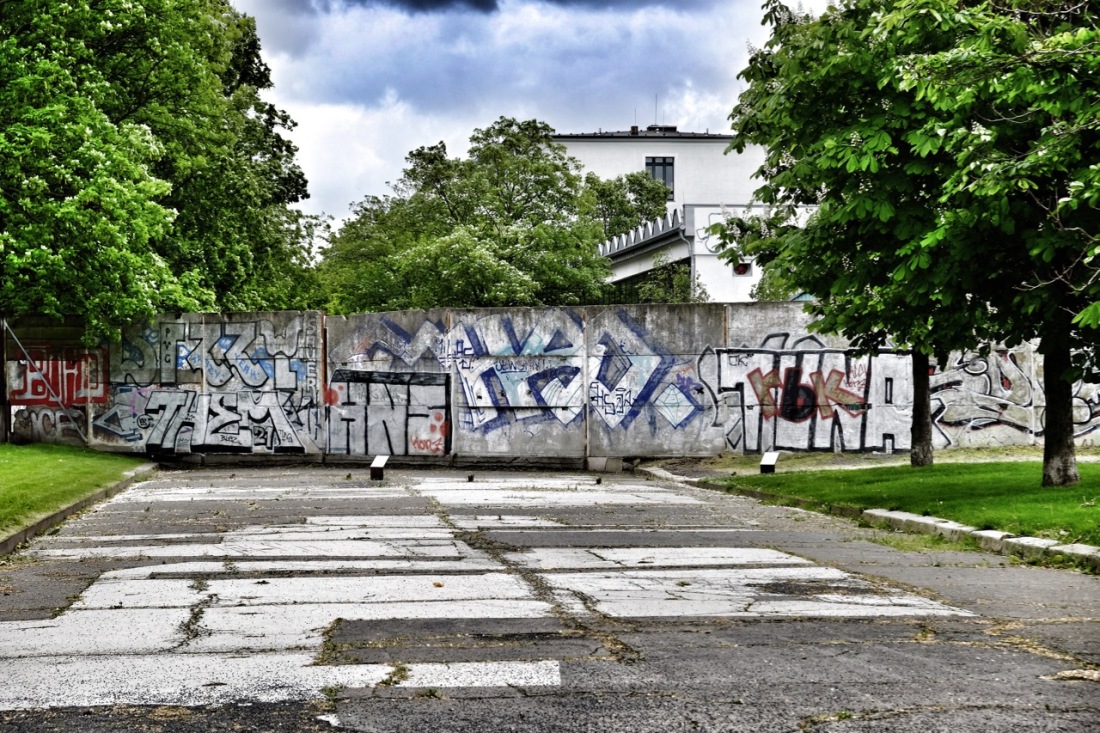
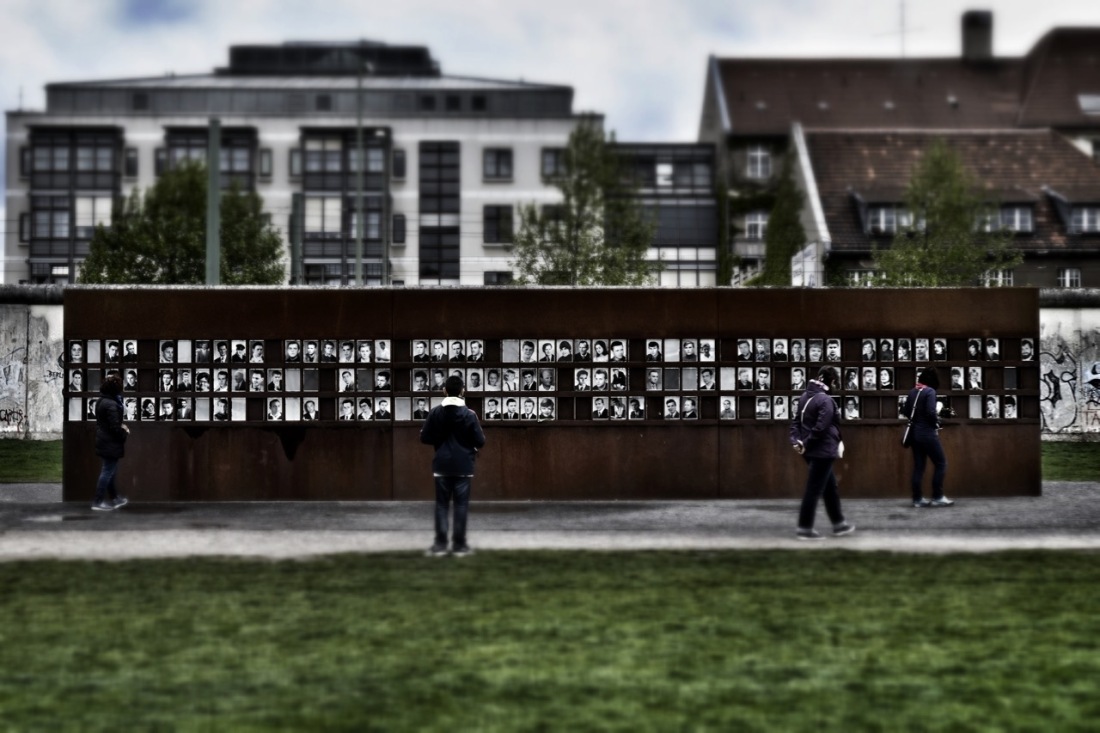
Potsdamer Platz… was devastated by the bombings during the WWII before and the building of the wall after. In the nineties of the past century its recovery represented one of the most ambitious urban project of the reunited city.
Potsdamer Platz … fu devastata dai bombardamenti durante la seconda guerra mondiale prima e dalla costruzione del muro dopo. Negli anni novanta del secolo scorso il suo recupero ha rappresentato uno dei progetti urbani più ambiziosi della città riunificata.

The Anhalter Bahnhof was one of the most important railway stations of Germany and Europe. It was bombed two times during the WWII and finally destroyed. What can be seen in the following pictures, is what remains of the imposing building shown in the old picture at the bottom.
La Stazione Anhalt è stata una delle stazioni ferroviarie più importanti della Germania e d’Europa. Fu bombardata due volte durante la Seconda Guerra mondiale e, alla fine, distrutta. Quello che si vede nelle seguenti fotografie è ciò che rimane dell’ imponente edificio mostrato nella vecchia fotografia in fondo.
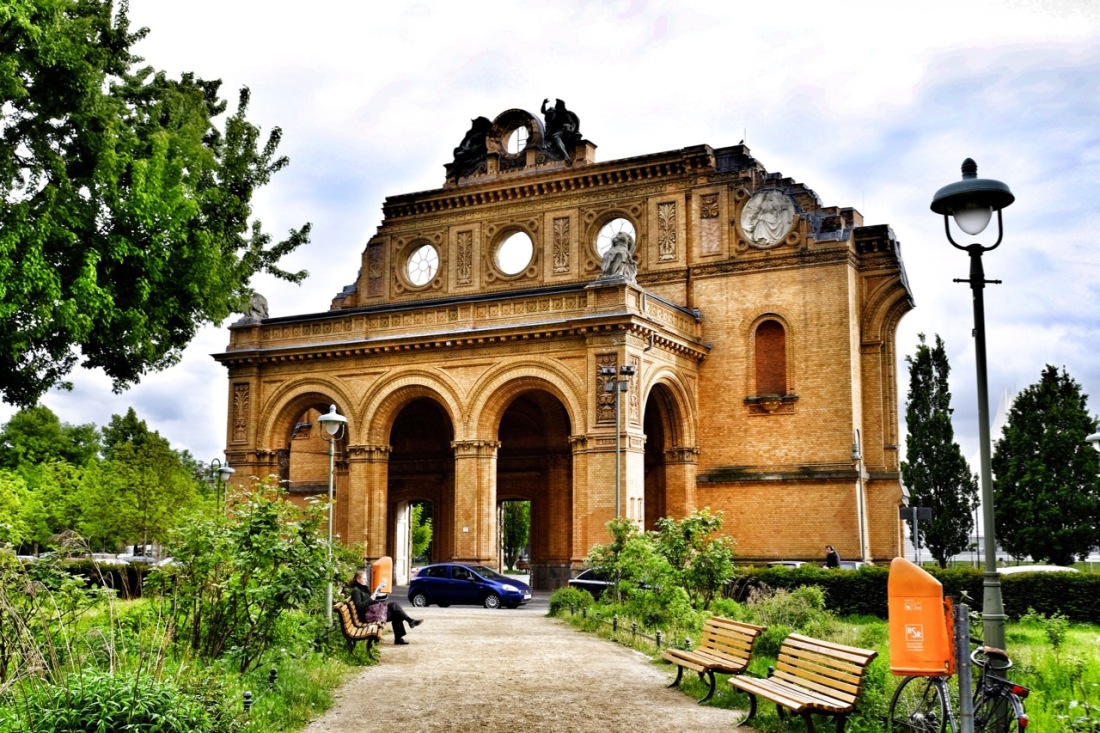
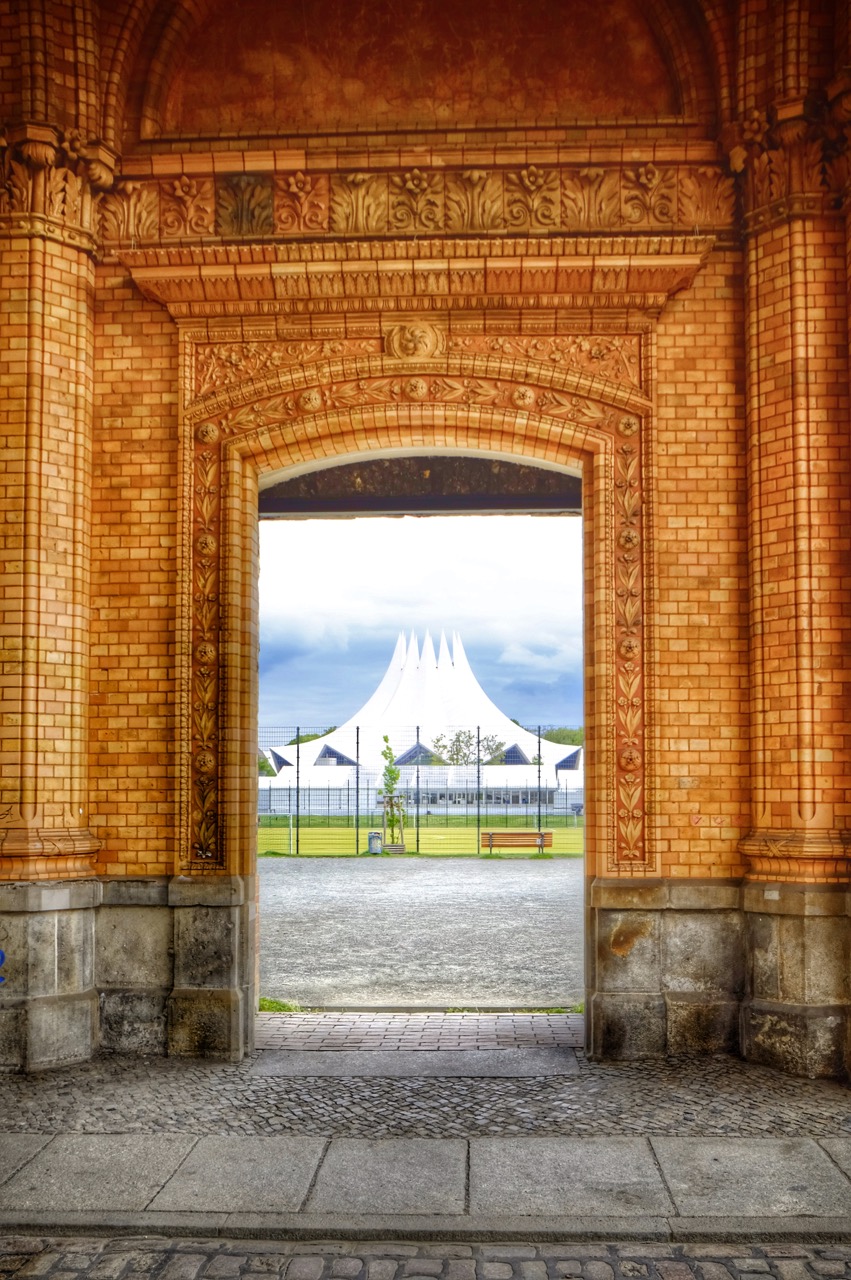
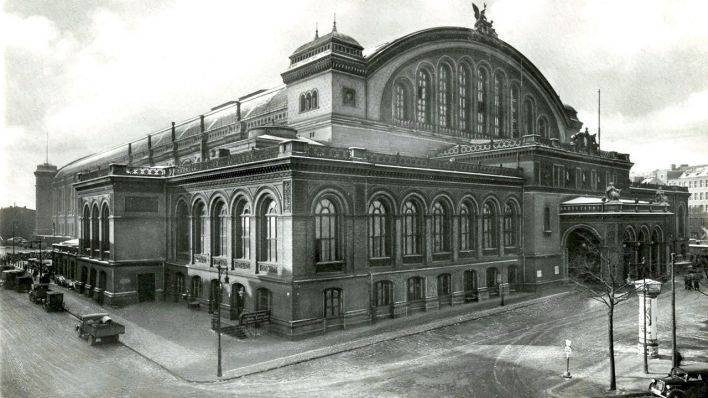
(this last picture is NOT copyright of Gabriele Greco as it is downloaded from internet from a site were no copyright indication was present)
(quest’ultima fotografia NON è copyright di Gabriele Greco, in quanto scaricata da internet da un sito dove non era presente nessuna indicazione di copyright)

Buonasera, curioso ho esplorato le sue gallerie….
Complimenti per le foto, queste di Berlino hanno veramente una bella luce. Canon o Nikon?
Saluti
Paolo
LikeLike
Buonasera, grazie mille. Sono contento che le piacciano. Al tempo scattai quelle foto con una Fujifilm XE2 (con obbiettivo 18-55) e con una Fujifilm X100 a focale fissa 28mm.
Ora scatto prevalentemente con una Leica Q con focale fissa a 28mm e, per i panorami, con una Fujifilm XT2 con obbiettivo 10-24. Un saluto cordiale e a presto.
LikeLike
Buonasera, vedo ora il commento. Io uso una CANON 6D con vari obiettivi (16-24, 70 – 200…) ma non posso considerarmi un vero appassionato.
A presto
Paolo
LikeLike
Questa sera mi sono rifatto coccolare dalle tue foto.
Grande Gabry
73 Paolo
LikeLike